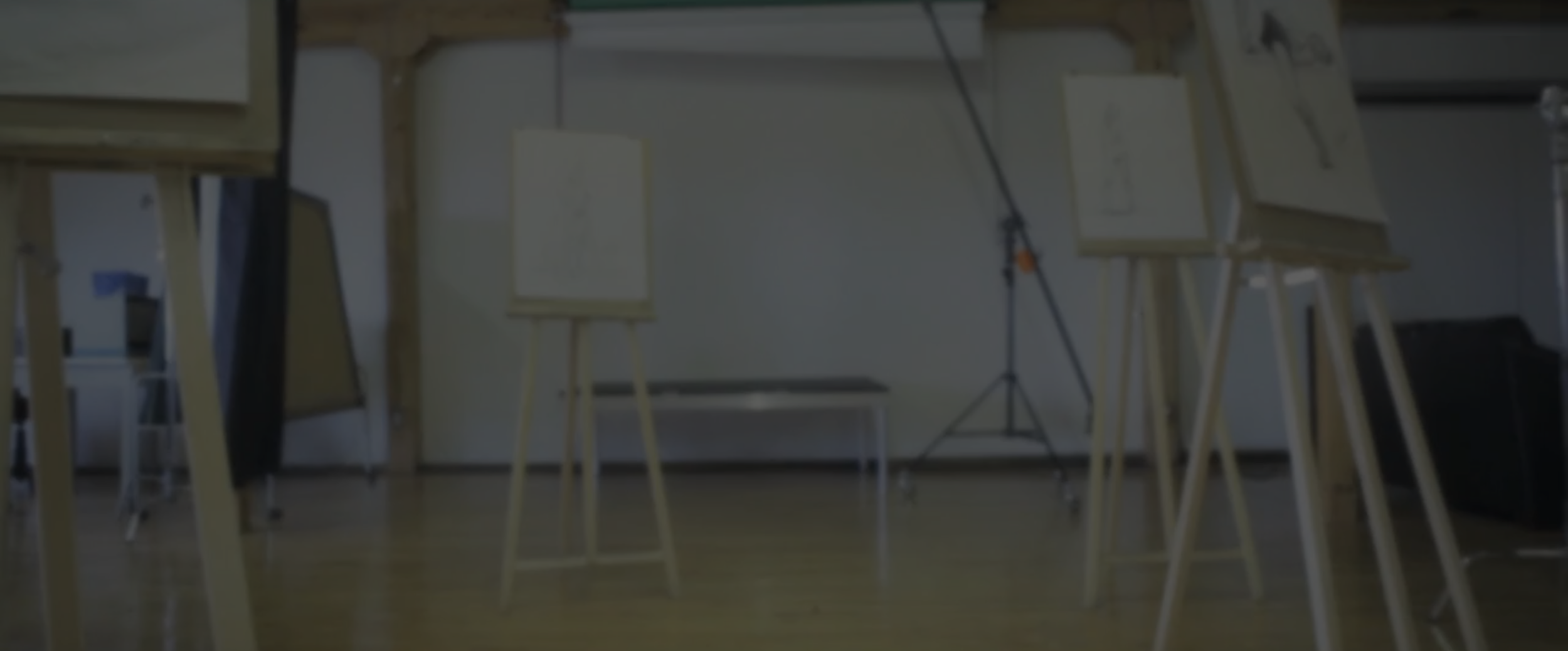Resources
Materials & Tutorials (please scroll down)
Materials for Studio Drawing
Materials for Sketching
Materials for Animation
Flipping Paper for 2D Animation
Materials for Drawing
Online: You need a sketchbook and drawing pencils. In our live studio location, we insist on 18 x 24 newsprint pads with Derwent Drawing pencils in ebony. We have all artists stand at easels. As online education is different, we recommend at least a larger sketchbook (11” x 14”) to allow for looser drawing. Of course you are welcome to set yourself up as though you were in the studio!
Studio (on location): Pad of newsprint paper (18” x 24”), and Derwent Drawing pencils in ebony. These pencils are not graphite and offer a greater range in your line quality, from a soft grey to a rich black. China markers or graphite pencils are other options. If you have graphite pencils, make sure they are between 3B-7B. No HB's or H's. The H-pencils will be too hard and slow you down or catch too much on the tooth of the newsprint paper. The B-pencils are a softer and smoother graphite.
Materials for Sketching
When drawing in your sketchbook, you will need a free flowing ink pen. We recommend Sharpie markers or Uniball fineliners. These provide a steady ink line that helps you develop confident and decisive choices.
Materials for Animation
Materials for hand drawn animation
You will need a peg bar, and a light box or animation table and disc. When starting out, for paper we recommend 12 field animation paper (make sure this is punched). Please see the Animation Paper Guide for more information. You will also need HB-2B pencils, or col-erase pencils.
You also will need to be able to line test your animation. This means compositing your drawings into a quicktime movie file.
Corrections are made to your work online using a Cintiq. However we do not recommend drawing and animating with this type of tool or other digital drawing tablets. It does not offer the level of control you will need to accomplish feature quality 2D animation, and will compromise your learning. If you have no other option, at least make sure you are not doing your animation drawing in vector based software. Please watch our video on materials for the animation courses.
Flipping Paper for 2D Animation
A short tutorial on how to flip your paper when doing hand-drawn animation.
There are different ways to flip your paper for different purposes. Flipping paper is not as tricky as it may seem, it just takes getting used to!
Be sure to have a peg bar, as well as animation paper that is punched for acme peg bars, so that the paper is properly aligned when you work.

